GeoGuessr - Travel & guess locations
Guess locations worldwide using Google Street View - test your geographical knowledge!
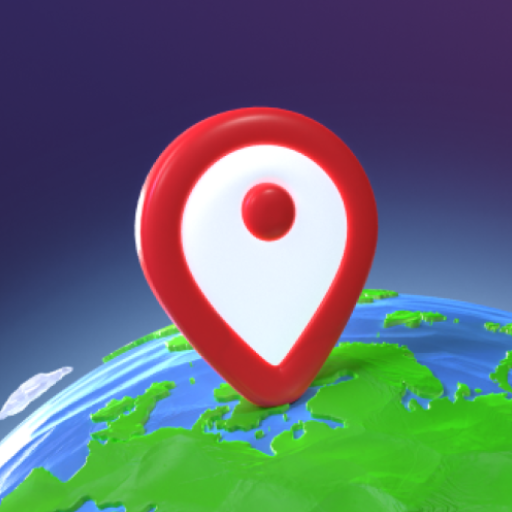
- 5.1.3 Version
- 4.9 Score
- 4M+ Downloads
- In-game purchases License
- 3+ Content Rating
Welcome to the intriguing world of GeoGuessr! Begin an extraordinary adventure that transports you from remote Australian roads to the vibrant streets of New York City. Utilize clues like signs, languages, flags, nature, internet top domains, and more to pinpoint your location.
BEGIN YOUR EXCLUSIVE ADVENTURE
How deep can you delve into GeoCrusher? Craving to explore a preferred map? Test your skills with a Country Streak and aim for a new record? Assume the role of an explorer and challenge yourself in our diverse single-player modes.
COMPETE WITH OTHERS
Challenge players worldwide and assess your abilities. Engage in duels with opponents of similar skill levels or participate in Battle Royale modes to determine the ultimate victor. How high can you ascend the leaderboard?
ENJOY WITH YOUR INNER CIRCLE
Throw a virtual party and invite your friends to join. Engage in various game modes to compete against each other. Who will emerge victorious?
CROSS-PLATFORM FUN
Play on both mobile and the website, facing off against players across different platforms.
FULFILL EVERY DESIRE
Unleash your imagination and showcase your uniqueness like never before! Customize your virtual persona with a wide range of hats, shirts, faces, gear, and countless other options.
What player say
GeoGuessr is the most fun game out there! Easy to learn but really hard to master, so is really addictive! And you learn lots about the world at the same time! Love the new play with friends game mode where you can create parties and play vs friends and family!
The Technology Powering GeoGuessr and Alternatives
The vibrant geo-gaming scene owes much to the technology making it possible – from Google‘s Street View to open-source mapping initiatives. Let‘s break down the key technical pieces:
Mapping and Location Data
At their core, geo-games rely on global mapping data to generate challenge locations and provide answer interfaces. This mapping data comes from:
Google Maps – GeoGuessr uses Google, as do some alternatives with API access
OpenStreetMap – Open-source editable world map many alternatives have adopted
Increasingly, developers are embracing OpenStreetMap to avoid reliance on Google and reduce costs. But some argue Google still offers superior level of detail.
Imagery: Street View and Photospheres
The images that serve as the guessing challenges are gathered via:
Street View – Google cars with mounted cameras photographing roads and paths
Photospheres – 360-degree photo spheres submitted by users via smartphone cameras
Games vary the mix between these two sources. Some skew heavily to one vs the other, while others blend both seamlessly.
Serving Images at Scale
Delivering a seamless, glitch-free gaming experience also involves complex behind-the-scenes infrastructure to store massive image libraries and serve them on demand.
Many games adopt cloud solutions, especially Google Cloud Platform which offers native integration with Street View imagery. Network caching and content delivery networks help optimize distribution over the internet.
So in summary – melding global location data, Street-level imagery, cloud infrastructure and smart coding creates the technical framework enabling the geo-gaming revolution!
Educational Uses and Benefits
While addictively fun, geography guess games also offer meaningful educational benefits aligned with curriculum goals:
Learning Map Skills
Core knowledge like continents, countries, capitals, borders, terrain and climates gets reinforced through game repetition.
Sparking Interest and Engagement
Games provide an interactive hook for students much more compelling than textbooks.
Developing Spatial Reasoning
Evaluating landscapes and clues to determine locations exercises critical visual analysis and logic.
Retaining Through Repetition
The repetitive cycle of guessing and revealing locations aids long term retention significantly better than memorizing static maps.
Flexible Integration
Games work for individual students or entire classrooms using shared map projections. Great as standalone activities or incorporated into wider lesson plans.
You may want to know:
1. What is GeoGuessr?
GeoGuessr is a geography game, in which you are dropped somewhere in the world in a street view panorama and your mission is to find clues and guess your location on the world map.
2. I have trouble accessing my account.
If you've forgot your password, click on "Already have an account?" in the upper right corner, and then on "Forgot your password?". Enter the email address which is connected to your account, and we'll send you an email with a link to reset your password! Don't forget to check you spam email if it may have gotten caught there.
If you are not receiving an email you might have enabled Google/Facebook login. If so, send an email to info@geoguessr.com and we will help you further. If you've forgotten which email you signed up with, no worries! Contact us at info@geoguessr.com and we'll help you out!
3. Is GeoGuessr available on App Store and Google Play?
Yes, GeoGuessr is available as apps on both iOS and Android, and your account gives you access to play in our apps as well.
4. What languages is GeoGuessr available in?
GeoGuessr is available in 11 different languages. You can select language in the website footer under "Change language".
GeoGuessr Glossary and Key Terminology
For those jumping into geo-guessing for the first time, here are quick definitions of some key terms that get tossed around:
Photosphere – A 360 degree panoramic photo allowing a spherical view from a single point. Created by smartphone cameras.
Street View – Google‘s vast library of panoramic street-level photography composited into connected paths.
Zooming vs Panning – Zoom changes the magnification of view, panning shifts the camera angle horizontally.
Seed – A gameplay round‘s randomly generated location. Leaderboards may specify playing the same "seed".
Coord – Short for coordinate – the latitude/longitude pins placed to guess locations.
Mapper – Someone who contributes to collaborative public mapping projects like OpenStreetMap.
No Move – A game round type where rotating viewpoint is allowed but not moving position.
13 Best GeoGuessr Tips – How to be good at GeoGuessr
These tips and tricks are included in no particular order & can help you become good at GeoGuessr.
1. Know Which Countries To Eliminate
The first step is knowing which countries do not appear on Google Street View. Since GeoGuessr uses Google Street View, a basic knowledge of which countries and regions are not covered by Google Street View will allow you to use an elimination process to improve your skills.
Here is a map showing what is currently covered by Google Street View (only dark blue countries have full coverage):

Here’s a legend to help you understand the map:

Countries with no coverage won’t show up on Google Street View. That includes most of Africa and the Middle East.
However, many countries do have selected businesses and tourist attractions showing up on Google Street View. Nevertheless, since that’s only a tiny portion of the country, that country is not likely to show up on GeoGuessr.
You can also go to Google Maps, zoom out, and click on the little yellow man icon in the bottom right corner to see Google Street View coverage in a particular region.

Learning what Google Street View doesn’t cover will help you narrow down where you are.
2. Are You Playing Diverse World?
If you’re playing a regular game, most of the time, you will land in large countries like the US, Russia, and Australia. Smaller countries are less likely to pop up.
On the other hand, if you’re playing Diverse World, you will be shown lesser-known locations from more diverse places around the world, including countries with little street view coverage.
3. Blurry Photos Are Usually The US Or Australia
For whatever reason, Google Street View in the US often has blurry images. This happens in Australia as well, but blurry images are still more likely to be from the US.
That’s because of outdated pictures on Google Street View from years ago that were never updated. They were taken with low-quality cameras.
These blurry images are not in the main parts of large, metropolitan areas like New York City or Chicago. They tend to be in locations in the US that are harder to get to, such as smack in the middle of the Midwest.
They may also be in locations that are considered more dangerous, such as certain urban areas. For whatever reason, Google’s cars have not been back to those areas yet.
Keep in mind that if you hate these blurry images, there are some GeoGuessr maps that eliminate all blurry images, so you won’t have to deal with them anymore.

4. Look At The Shadows To Figure Out Which Part Of The World You Are In
This is a cool trick. Look at the compass in your GeoGuessr screen to find out which way is north (the red point will point north).
See where your shadows are falling. If the tip of the shadow is pointing north (same direction as the red tip of the compass), the sun is shining from the south, meaning you are likely in the Northern Hemisphere.
On the other hand, if your shadows are pointing south, you are likely in the Southern Hemisphere.
I do need to point out that this tip works better for pictures taken in the summer. For pictures taken in the winter, this tip will not work as well, so don’t rely on it too much.
5. Understand Which Countries Drive On The Left Side Of The Road
If you see cars driving on the left side of the road, it can only be in specific countries. There are actually many countries that drive on the left side of the road, including many territories.
Chances are that it won’t be in one of the many island nations or territories or one of the countries where there is little Google Street View coverage. If you see left-hand driving, you can assume it is in one of the larger countries with left-side driving, like the UK, Ireland, Australia, South Africa, and Thailand.
There may be other clues to look for as well.
For example, if it seems to be in Asia, look at the script. Does it look like Thai script, or does it look more like Malay (which uses Latin script), in which case it might be in Malaysia or Indonesia?
This map shows you all the countries that drive on the left-hand side (those countries are in blue). All the red countries use the right side of the road.
6. Learn To Recognize Scripts And Languages
Scripts and languages can be your biggest clues as to where in the world you are. For example, if you see the Cyrillic alphabet is used, you can assume you are most likely in Russia.
Many other languages use the Cyrillic alphabet as well, including Bulgarian, Kazakh, Ukrainian, Macedonia, Belarusian, and dozens of others. However, since Russia is so big, odds are that you are in Russia rather than a smaller country like Kyrgyzstan.
Sometimes, it can be hard to differentiate between similar scripts if you are unfamiliar with the language. For example, you might not be able to differentiate between Thai and Lao.
However, there are other things to look at. For example, Thailand uses left-side driving, while in Laos, they drive on the right side of the road.
It’s not about looking at a single clue, but at taking a lot of clues into account.

7. Look At The Vehicles!
The cars used in the United States are not the same cars used in Europe, South America, or Southeast Asia. Get used to seeing how traffic looks in different countries.
If you see a lot of motorcycles or scooters, you can also assume you are not in the United States. A few scooters here and there may point to a European country, but if there are many motorcycles, you may be in certain parts of Latin America, Asia, or Africa.
If you see a lot of scooters, you most likely are in East or Southeast Asia. On the other hand, if you see a lot of low-powered motorcycles (in the 100-150cc range), you might be in South America.
Helmet styles can matter too. Vietnamese drivers often use helmets that look like plastic baseball caps, while many Thai drivers do not use helmets at all.
In South American countries, full-face helmets, especially in larger cities, are more common, while in Southeast Asia, helmets usually only cover the top of the head. Open face (three quarter) helmets being used by cruiser riders point to the US.
8. Figure Out How To Read Road Markings And Warning Signs
Every country has different road markings. In the United States, there is usually a yellow line in between the two sides of the road, while a white line might mean you are in Europe.
The UK has its own interesting road markings.
It’s not just road markings, however. You also need to pay attention to street signs, highway signs, highway markers, and so on.
For example, in Brazil, state roads will have the prefix of the state. That would be something like MG for Minas Gerais and RJ for Rio de Janeiro.
Every country has a unique road marking system. In the US, routes and interstates have specific numbers, while in Italy, road names that begin with SS are national roads, but those beginning in SR and SP are regional roads.
As such, if you see a road beginning with SS, SR, or SP, you might be in Italy.
In Thailand, there are white highway markers on the side of the road with numbers and the names of cities.
Look at stop signs and other warning signs to figure out where you might be. There are subtle differences in language that can help you figure out where you are.
For example, if you see a stop sign that says Alto, you might be in Mexico or in a nearby country, like Guatemala. On the other hand, if you see a stop sign that says Pare, you might be in a South American country like Colombia, Chile, or Argentina.
Despite the fact that all of those countries speak Spanish and both Alto and Pare are Spanish words, there are differences in street sign language between countries.
In Quebec, stop signs usually say Arrêt, although, in France, they usually stay Stop. In New Brunswick, they often say both Stop and Arrêt.
In Wales, signs may say Araf, which means Slow in Welsh.
A Yield sign is more common in the US, while a Give Way sign is more common in the UK.
If everything is pointing to the UK, but if you see the French language, you may be in Jersey.
I find this blog post very helpful in memorizing which traffic and stop signs appear in different parts of the word.

Pedestrian walking signs vary from country to country as well:

That blog post points out another interesting thing to look for: Animal danger signs. A bear sign might indicate you’re in the US, a kangaroo sign might mean you’re in Australia, and an elephant sign may very well point to Thailand.
Here is another resource that I think you may find very useful. It outlines different warning sign styles used around the world.

Here’s a guide to understanding the above map:

Here’s another thing to pay attention to, whether the signs use the metric system or the imperial system. It can be hard to know if it doesn’t specifically say miles or kilometers, but if there is a sign that says the speed limit is 20 or 25, you can usually assume that it means miles and that you are in the US.
On the other hand, if the speed limit for an urban road is 60, you can assume it means kilometers, which means you are probably not in the US. If the speed limit on a highway is 60, it probably means miles, and you are probably in the US.
9. Learn License Plates And Taxi Colors
Two more things can help you figure out where you are. Do you see taxis? If so, what color are they?
A yellow taxi might mean you are in New York City, but it may also mean you are somewhere else, like Colombia, though the car models used by taxis differ slightly. On the other hand, a pink and white taxi usually means you are in Mexico City.
Sometimes, taxis will have a ride-sharing platform’s name on them, indicating they also work on an app. Uber is located all over the world, but Lyft is only active in the US and Canada, so if a taxi has the Lyft logo on it, you’re in the US or Canada.
Grab is available throughout Southeast Asia. However, there are some regional differences; for example, if you see a few motorbike drivers with Grab jackets or green and white helmets that say Grab, you are probably in Vietnam, but if you see a tuk-tuk that says Grab, you should consider that you might be in Cambodia.
DiDi is a Chinese app that is also common throughout Latin America, while Gett usually means you’re in Israel. Careem is an app that is very common throughout the Arab world.
Food delivery drivers, bicycle riders, and motorcycle riders, with their ubiquitous bags or stickers on their cars, are also very good indicators of where in the world you are.
For example, Uber Eats is all over the world, but Postmates is a US thing (it also has small coverage in Mexico City), and Rappi is a Latin American thing.
License plates are usually blurred out, so they are not as useful, but you may still recognize patterns and colors from different places around the world.
10. Look For And Recognize Regional Chain Stores
Some chain stores only operate in certain parts of the world. Take Walmart, for example.
Walmart mostly operates in North America, Central America, Africa, and Asia. However, in Asia, it only operates in Japan, China, and India.
The only country where you’ll find a Walmart in South America is Chile.
So, if you see a Walmart but also Spanish lettering on nearby stores, you’re probably in Mexico or Central America. Other clues, such as the script being used, can help you figure out if you’re in Japan or another country.
Some countries that have Walmart don’t appear much on GeoGuessr World, such as Botswana.
If you see a ShopRite, you’re most likely in the Northeast United States (Connecticut, Delaware, Maryland, New Jersey, New York, or Pennsylvania, to be exact).
Keep in mind that there is a separate Shoprite with locations throughout Africa, but it uses a different logo (you will see a big S instead of a shopping cart icon, and it’s spelled Shoprite as opposed to ShopRite).
This is an American ShopRite:

This is an African Shoprite:

Some chains, like McDonald’s and KFC, are pretty much everywhere. Other chains, like Jollibee’s, are not as widespread.
In fact, if you see a Jollibee, you’re probably in the Philippines, though you may also be in Vietnam or the US, which also have a decent number of branches. Other countries, like Canada or Qatar, only have a few branches.
Lotteria, which is a fast-food chain serving chicken and other fast food options, is from Japan, but there are also many branches in Vietnam and a few branches in China, South Korea, Indonesia, Cambodia, Laos, and Myanmar.
However, Laos only has one branch, so odds are you’re not there.
11. Look At The Landscape
The landscape can also give you an idea of where you are in the world. If you see snow, for example, you can assume you’re in North America, Europe, Central Asia, or Antarctica, even though other places in the world do experience snow in specific parts.
Remember that there are cities in Antarctica, so don’t discount it.
If you see endless cornfields, you are probably in the United States.
Some countries are more diverse than you think and can have mountains, beaches, forests, and deserts, all in the same country. However, it can help you pinpoint where in the country you are.
12. Figure Out How Streets Are Called
Countries have different names for streets. For example, in the US, you might see:
Street
Court
Avenue
Drive
Parkway
In much of Latin America, you might see:
Calle
Carrera
Avenida
In Brazil, you might see Rua, but that’s Portuguese, so if you see Rua, you may also be in another country like Portugal.
Some languages are only spoken in one country. For example, in German, a street is called Straße.
13. Look For Flags, Country Codes, And Country Domains
Flags are a dead giveaways as to which country you are in, but you’ll only see a flag if you’re lucky.
On the other hand, telephone numbers are a lot more common.
You’ll see them on shops and sometimes even on stickers on cars. You may also see them on papers stuck to street posts.
Support:
Experiencing difficulties? Contact us at support@geoguessr.com for assistance.
- Version5.1.3
- UpdateSep 25, 2024
- DeveloperGeoGuessr
- CategoryTrivia & Word
- Requires AndroidAndroid 8.1+
- Downloads4M+
- Package Namecom.geoguessr.app
- Signature04f9884327d5e260a507109f071be59e
- Available on
- ReportFlag as inappropriate
-
NameSizeDownload
-
49.30 MB
-
209.76 MB
-
209.75 MB


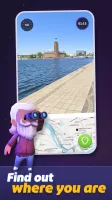
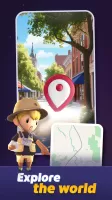
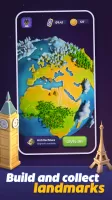
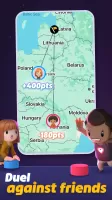
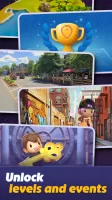
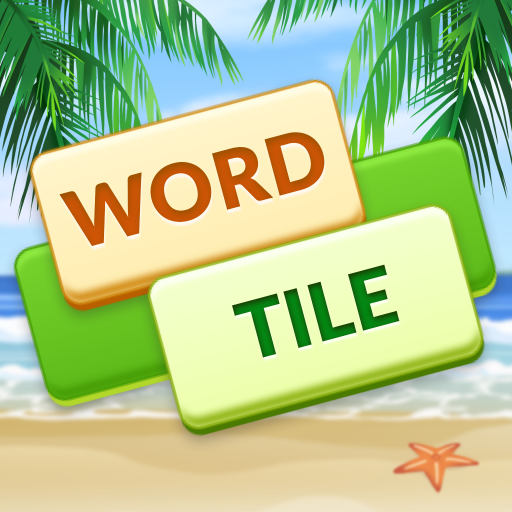
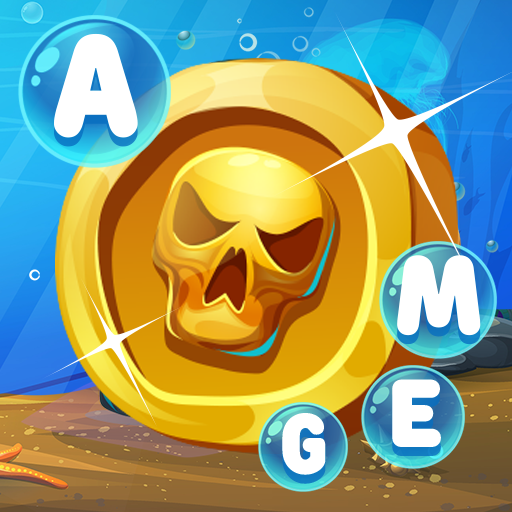

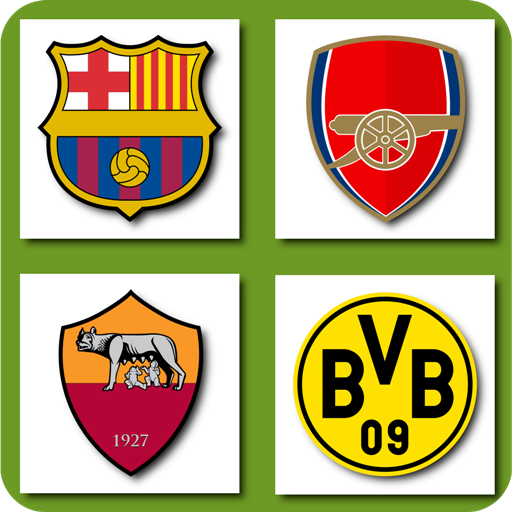
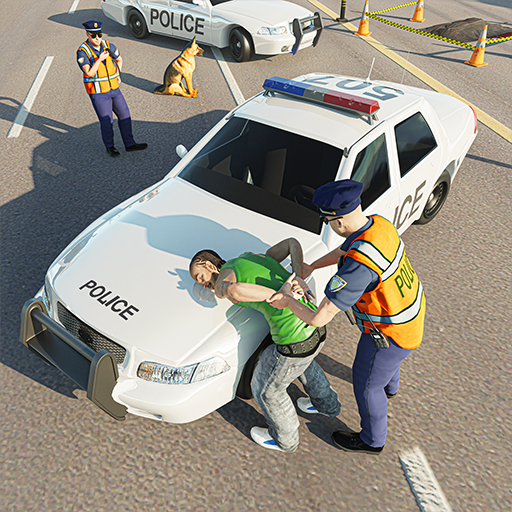


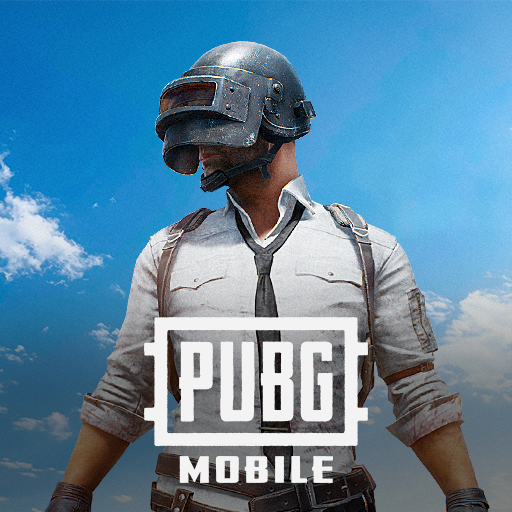











Help players learn geography and understand the culture, landmarks and environmental features of different countries
Provide multiple modes
Players can compete with friends or other players online
There is a points system and achievement rewards to encourage players to constantly challenge themselves
There is a limit to the number of games per day
Some locations may be too difficult for beginners
The game requires a stable Internet connection to run